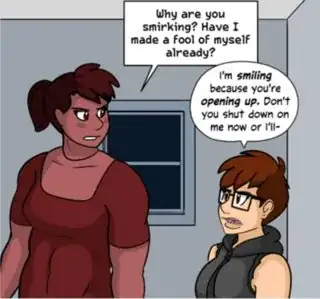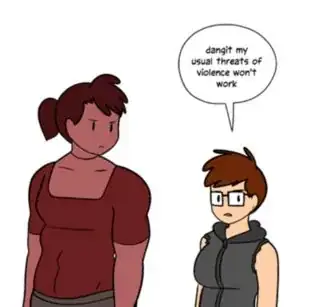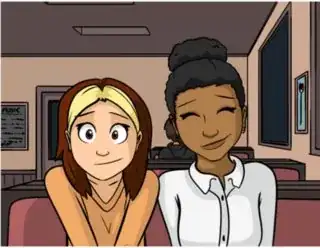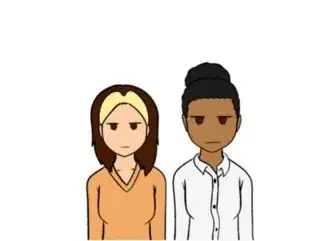I'm a big fan of web comics, and have a question about a drawing or story-telling technique that I've seen. It seems effective, but I'm not quite sure what it's effective for.
Here's an example, from the most excellent Questionable Content by Jeph Jacques. First, a frame in his usual style:

He's usually quite consistent, but once in a long while there's a frame where he uses a much simpler drawing style:

Another example, from this strip; compare...

... to...

It's an interesting and entertaining motif, but I'm not clear on just what he's communicating with it, and why it feels effective. Is it an ironic aside? Or is it a pause in the action to let the characters (and reader) consider?
And, what is the history of this? Did Jeph make this up, or have previous cartoonists used it as well?
Any ideas?